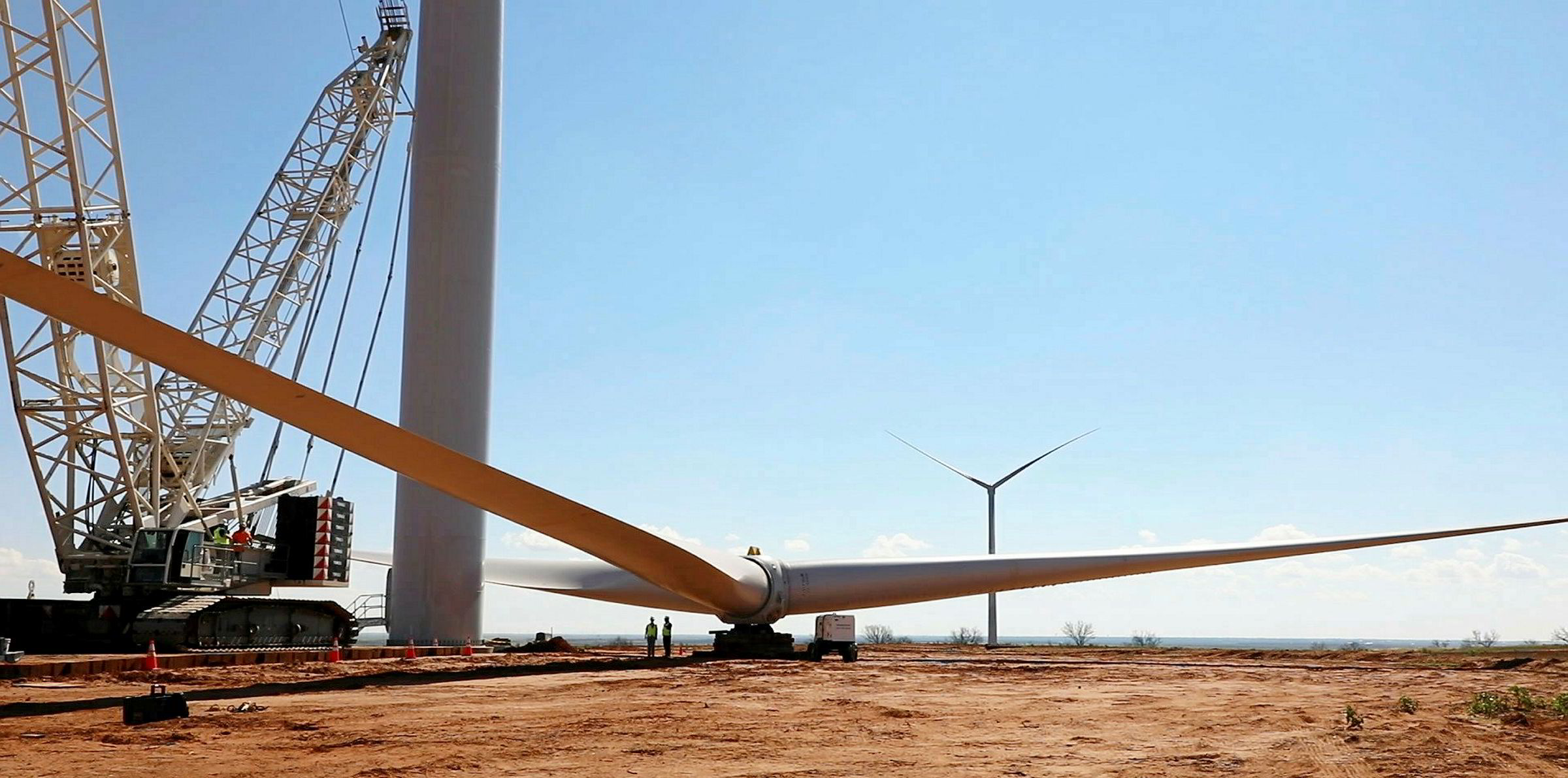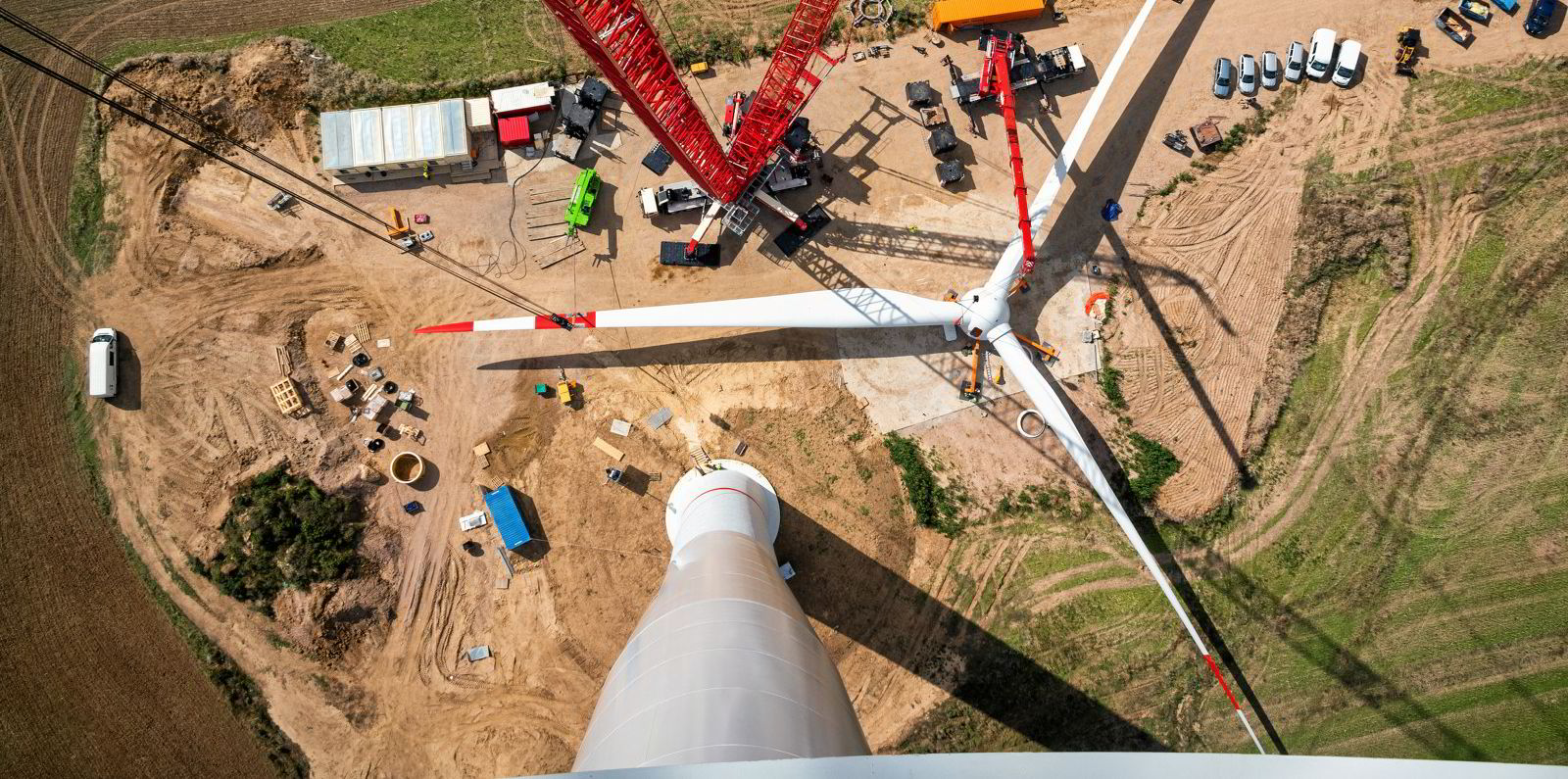GE Renewable Energy has wrested back the lead from rival Vestas in the race to top wind turbine installations in the hotly competitive US market, according to latest quarterly numbers from the American Clean Power Association (ACP).
By the end of the third quarter, GE had installed 2.44GW of turbines in its home market, edging out the 2.2GW delivered by Vestas, which had led after the second quarter, ACP tallies revealed
GE accounted for 34% of 7.26GW new US wind additions in the first nine months of 2021, versus 30% for Vestas. The two OEMs in recent years have dominated the American market, second globally behind China.
German turbine manufacturer Nordex retained third place with a 20% share of the market and Siemens Gamesa held 16%. Nordex is the only western OEM not competing here in the fast-emerging offshore wind space.
GE continues to dominate the 2.5-2.8MW nameplate turbine segment, which is the most popular in the US, while Vestas leads for 2-2.2MW machines and the 3MW-plus class, the second and third most in demand.
By the end of the third quarter, there was 23.9GW of wind turbines in the offshore and onshore development pipeline where project owners have selected an OEM versus 15.8GW that have not.
Where the OEM is known, GE leads with 12.2GW, then Siemens Gamesa (5.5GW), Vestas (5GW) and Nordex (1.15GW), according to ACP’s Clean Power Quarterly 2021 Q3.
For onshore, GE leads with 10.2GW, then Vestas (3.5GW), Nordex (1.15GW) and Siemens Games (1.14GW). Offshore, however, Siemens Gamesa is number one with 4.3GW, then GE (1.9GW) and Vestas (1.5GW). President Joe Biden has set a 30GW by 2030 US target for offshore wind.
Wood Mackenzie recently forecast that the US wind market in 2022 will contract to about 10GW versus 14GW this year.
Despite GE being in pole position, its CEO Larry Culp on Tuesday warned that the company’s onshore wind business was being negatively affected by inflation, supply chain disruptions and uncertainty over fate of the production tax credit (PTC), which expires at year-end. Some project developers are deferring turbine investment decisions to await action by Congress on a potential 10-year PTC extension.


